STORY BY BRIANNA BECERRA, RESEARCH BY JACKSON KERLEY & HAILEY SMITH, INFOGRAPHICS BY ALEX MILLER, ARI KASER & EMILY BRANDYBERRY
“There are only two industries that call their customers ‘users’: illegal drugs and software,” said Edward Tufte, Professor Emeritus in Political Science, Computer Science and Statistics at Yale University, in the new Netflix documentary The Social Dilemma.
Because of the increased popularity of social media in the past 10 years, people all over the world have been connected like never before. Though this may seem like a purely positive thing, there are also dangers that come with using these platforms. It is no longer just a worry about cyberbullying and internet trolling, but rather social media addiction and underlying manipulation of users by the platform creators.
The film company Exposure Labs decided to attack this issue, hoping to expose the larger implications that social media companies have for society as a whole. This documentary was released on Netflix in September 2020, featuring some of the people who are responsible for the creation and growth of these now massive social media platforms.

One of the main voices of this documentary is that of Tristan Harris, a former Design Ethicist for Google. Since his resignation from Google, he has co-founded the Center for Humane Technology and was named as a 2021 TIME100 Next Most Influential Person.
Harris works to warn the world about the dangers of social media, stating that it manipulates human behavior and holds the power to effectively undermine democracy.
“If something is a tool, it genuinely is just sitting there, waiting patiently,” said Harris in The Social Dilemma. “If something is not a tool, it’s demanding things from you. It’s seducing you, it’s manipulating you, it wants things from you. We’ve moved away from a tools based technology environment to an addiction and manipulation used technology environment. Social media isn’t a tool waiting to be used. It has its own goals, and it has its own means of pursuing them by using your psychology against you.”

A co-producer of The Social Dilemma, Daniel Wright, discussed his experiences creating the film with several members of The Bruin staff. He stated that it took a large amount of planning and coordination in order to ensure that the documentary was depicting the effects of social media in a truthful yet impactful way.
“I knew it was probably an issue for me to lose some time, break my attention, or distract me, but I didn’t really think of it as an existential threat causing issues on a global scale,” said Wright on realizing that social media had a powerful hold on people around the world. “But then after I started working on the film, I did begin realizing that the same issues I’m experiencing, whether it’s distraction, or FOMO (fear of missing out), or building a little filter bubble that only I am living in and I am getting information from, all of those things that are happening to me as an individual are happening on a global scale to billions of others.”
A focus of the film is to show how social media users’ feeds are customized to fit who they are as a person; what they believe in, what they agree with and what products they would be most interested in. Wright continues to state that the users are a “product”, as these social media sites are making money off of the advertisements that are geared towards the interests of their users.
The Social Dilemma addresses how these platforms tap into the emotions of their users with the hope of making them feel one of two ways: angry or happy. The platforms use these emotions to keep users hooked, benefiting off of the strong emotions that certain posts or ads can invoke. This creates the issue of polarization and an isolation of one’s mindset, especially when it comes to politics.

For example, if a user has liked posts on a social media site that agree with progressive beliefs, their feed will show almost exclusively progressive media and viewpoints. This then makes the user feel like their own thoughts and opinions are correct and undisputed, as it is rare for them to have a glimpse at the other side. The documentary claims that this is what can lead to extreme polarization, widening the divide between progressives and conservatives in America.
“These newsfeeds and platforms have been so personalized to each and every one of us that it’s keeping us engaged in the best way that the algorithm knows how to,” said Wright. “I think what happened at the capitol and the riots on January 6 were kind of the boiling point of all of these issues, where people haven’t been able to see another perspective for a long time, and we are at a point where we are starting to refuse to understand and listen to the other perspectives.”
Social media has big implications for more than just politics though, as there are also concerns about the correlation between teen suicide rates and the rise of social media. Some teens feel that they are addicted to social media, as they find themselves scrolling through their feed when they are bored or have free time.

A statistic from the CDC shows that the suicide rates of girls aged 15-19 have increased 62% since 2009. Even more staggering is that suicide rates of girls aged 10-14 have increased 189% over the same span of time.
The documentary points out that Gen Z is the first generation that has had access to social media since middle school, and this is what some experts believe has led to the rise of anxiety, depression and other communication issues in teenagers.
Social media addiction and reliance can lead to bigger issues. Jaimie McKinnon, RN, BSN, MBA at Summa Health for the Cleveland/Akron area shares his concerns about teenagers and their social media use.
“There is a correlation with the explosion of social media and the rise in the rates of anxiety, depression, and suicides in teens,” said McKinnon. “Social media is addicting and has become a platform for teenagers to seek validation from others.”
McKinnon advises teens to be conscious about how much time they are spending on social media. He also states that they should be more careful about their actions, being especially aware of how their words can affect others on these platforms.

“You can control your devices,” said McKinnon. “Teens should monitor their screen time and remember there is an off button. Teens need to maintain healthy boundaries and refrain from participating in negative interactions and limit screen time.”
While The Social Dilemma does portray social media in a negative light, Wright states that their purpose was not to try to convince viewers to stop using social media, but rather to educate them on how the structure and algorithms of these platforms can lead to changes in thought or behavior.

Wright goes on to explain that the creators of these platforms did not have malicious intentions when they were creating them, and that some of them even feel guilty about the effects that social media has had on society.
“They themselves were the ones who built it and now they were feeling some regret [about] what they unleashed into the world,” said Wright. “I think every one acknowledged that they didn’t mean harm when they were building these things. When they invented the ‘like’ button, they just wanted to add positivity into the world. They didn’t think that it would cause mental health crises for the younger generation or add to political polarization, they were just trying to add another thing to the platform that would make it more fun.”
Though it may appear that there is an overwhelming amount of issues that come with the popular use of social media, there are steps being taken in order to offer a solution. The creators of The Social Dilemma have designed an impact campaign in order to bring reform to the realm of social media platforms.
This plan has three prongs: tech use, tech design, and tech regulation. Tech use pertains to individual users, as they are responsible for educating themselves on the dangers of social media algorithms. Tech design relates to the actual creators of the platforms themselves, as The Social Dilemma producers believe that these platforms should not create algorithms that make their users a “product”. Tech regulation is the responsibility of lawmakers such as the United States Congress, as they are capable of placing limitations on social media platforms through the creation of policy.

Daniel Wright believes that the younger generations can create the momentum that is needed to bring reform to social media sites. He thinks that the power is in the hands of the young people.
“To go back into your world and the classrooms at Wadsworth High School, you guys are the future generation,” said Wright. “You are the ones who are going to really control how you use these platforms and how your friends use them.”
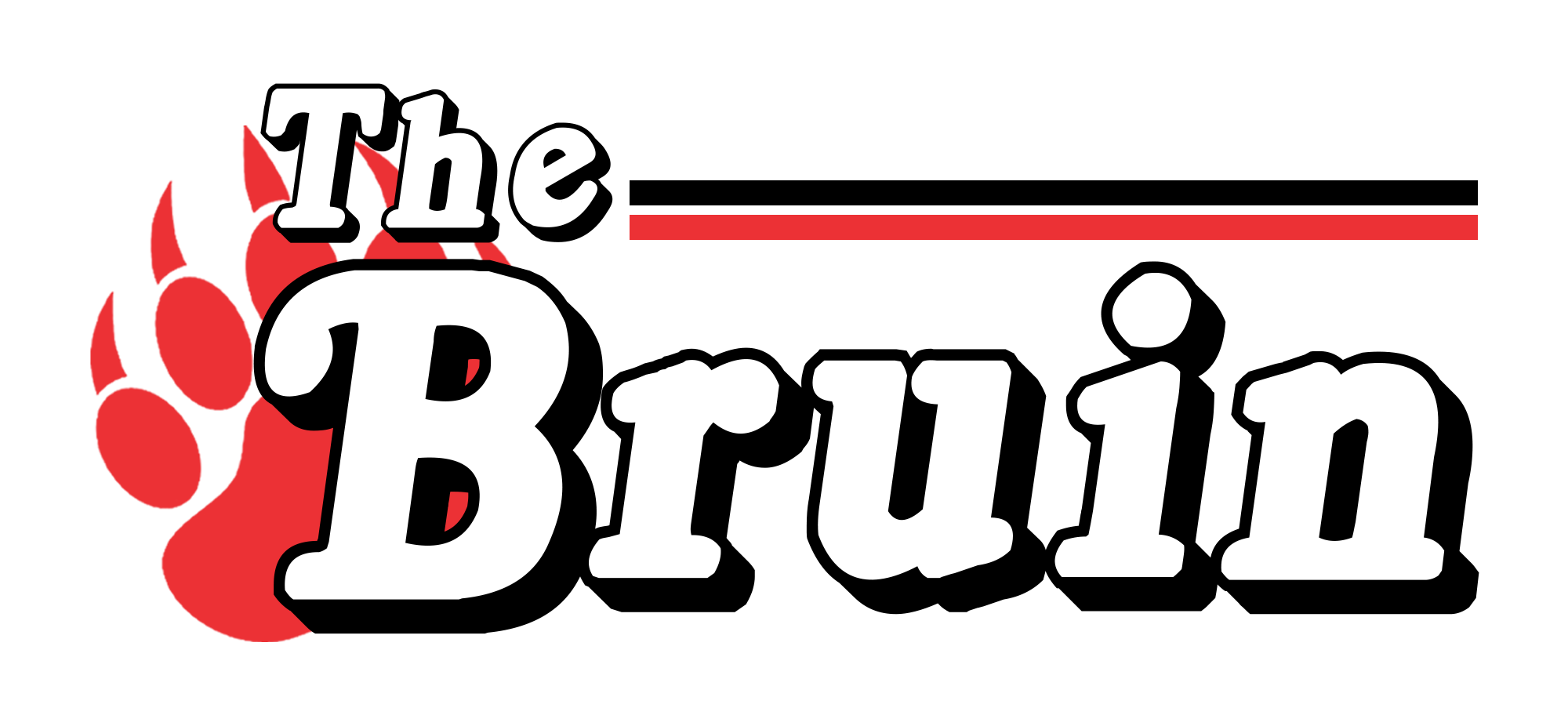
![Wadsworth's Class Of 2025 Walks At Graduation Ceremony [Photo Gallery]](https://wadsworthbruin.com/wp-content/uploads/2025/05/IMG_9018-1-1200x800.jpg)

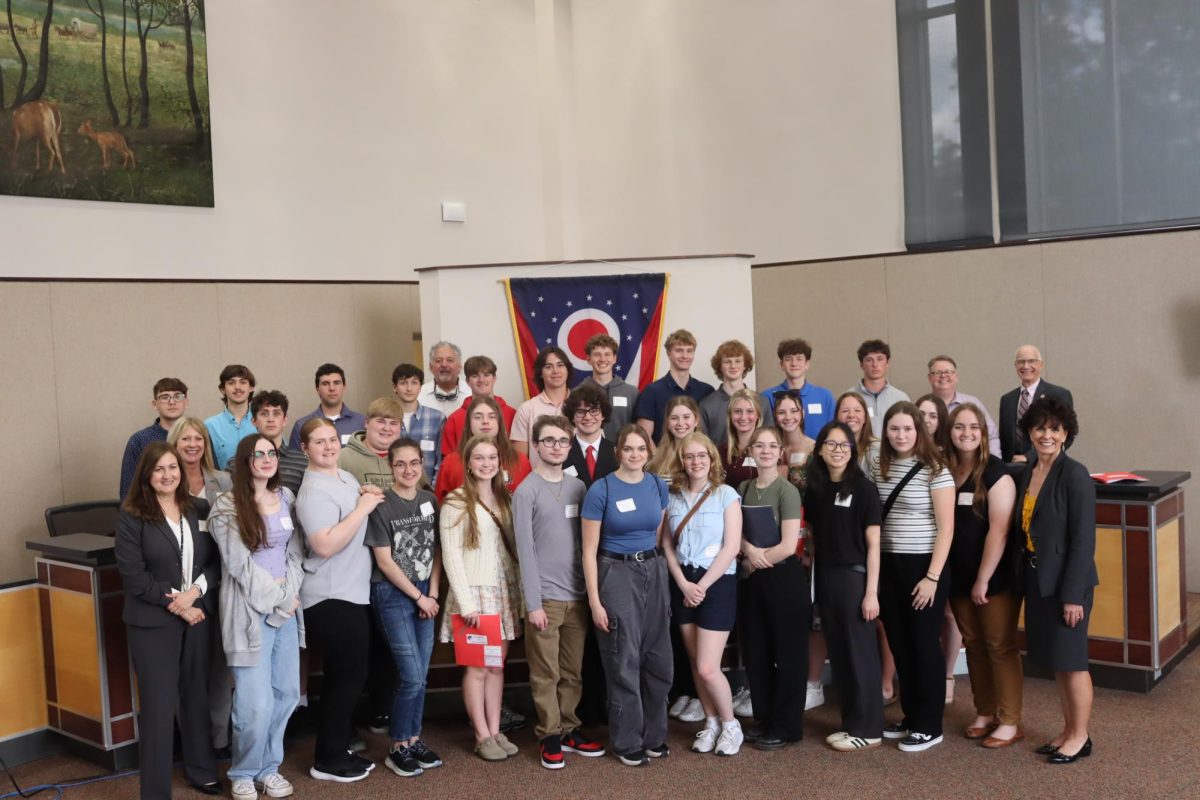




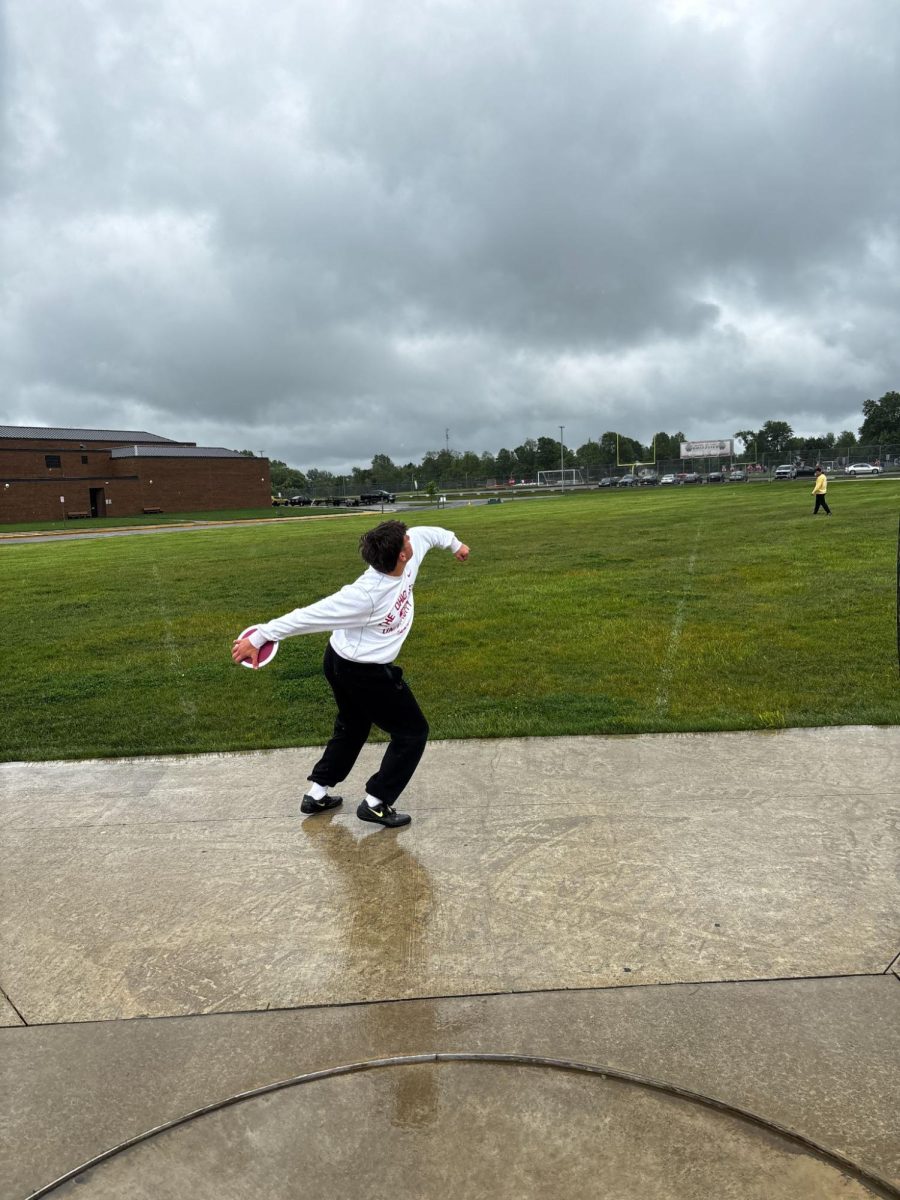

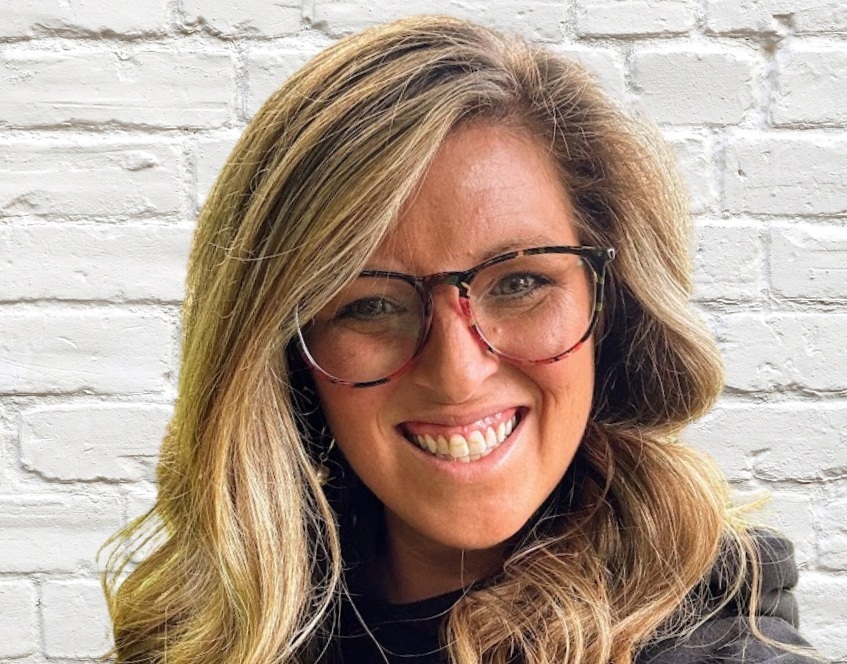

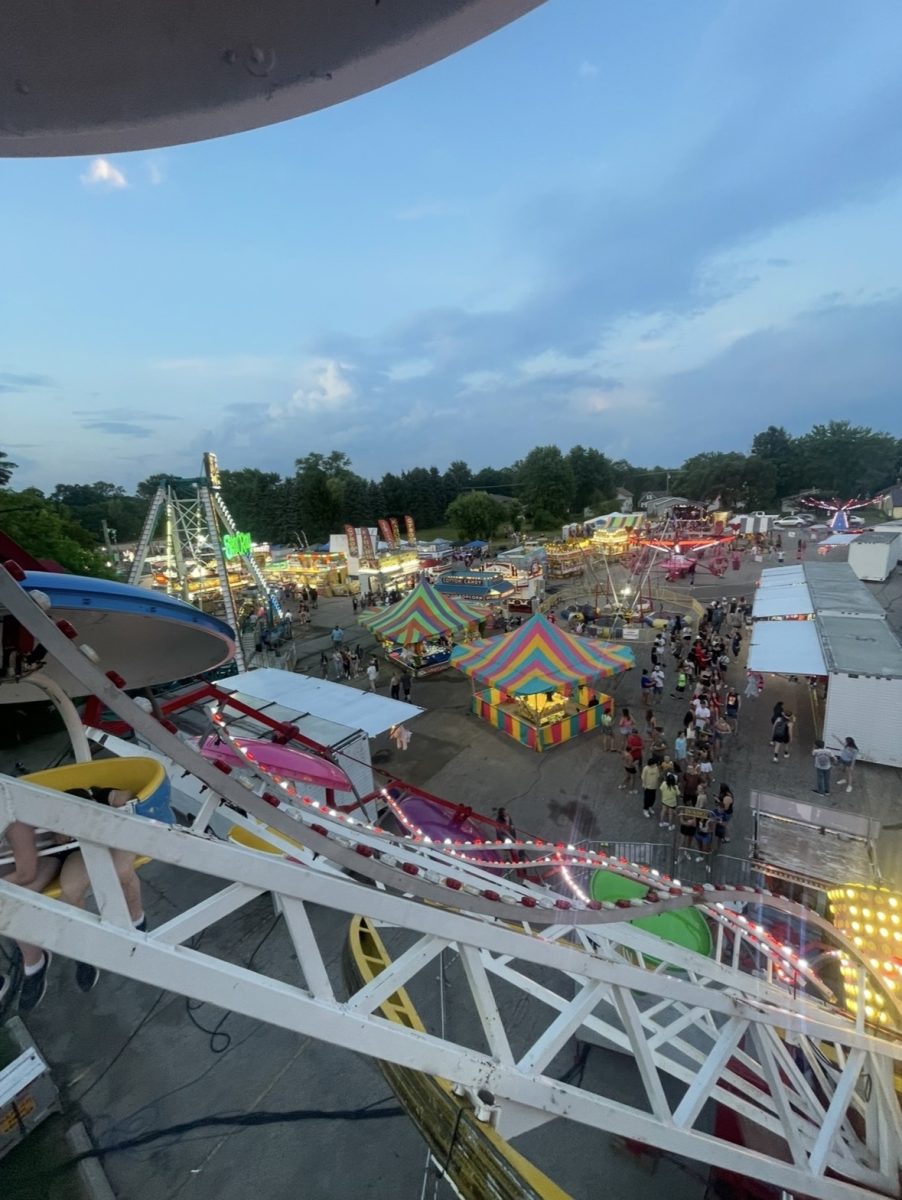




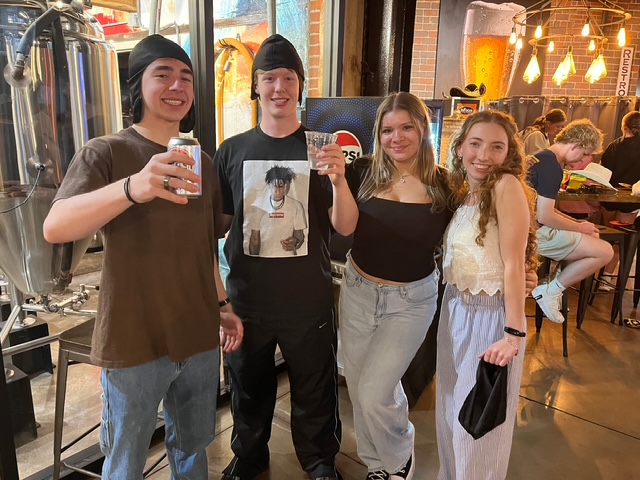

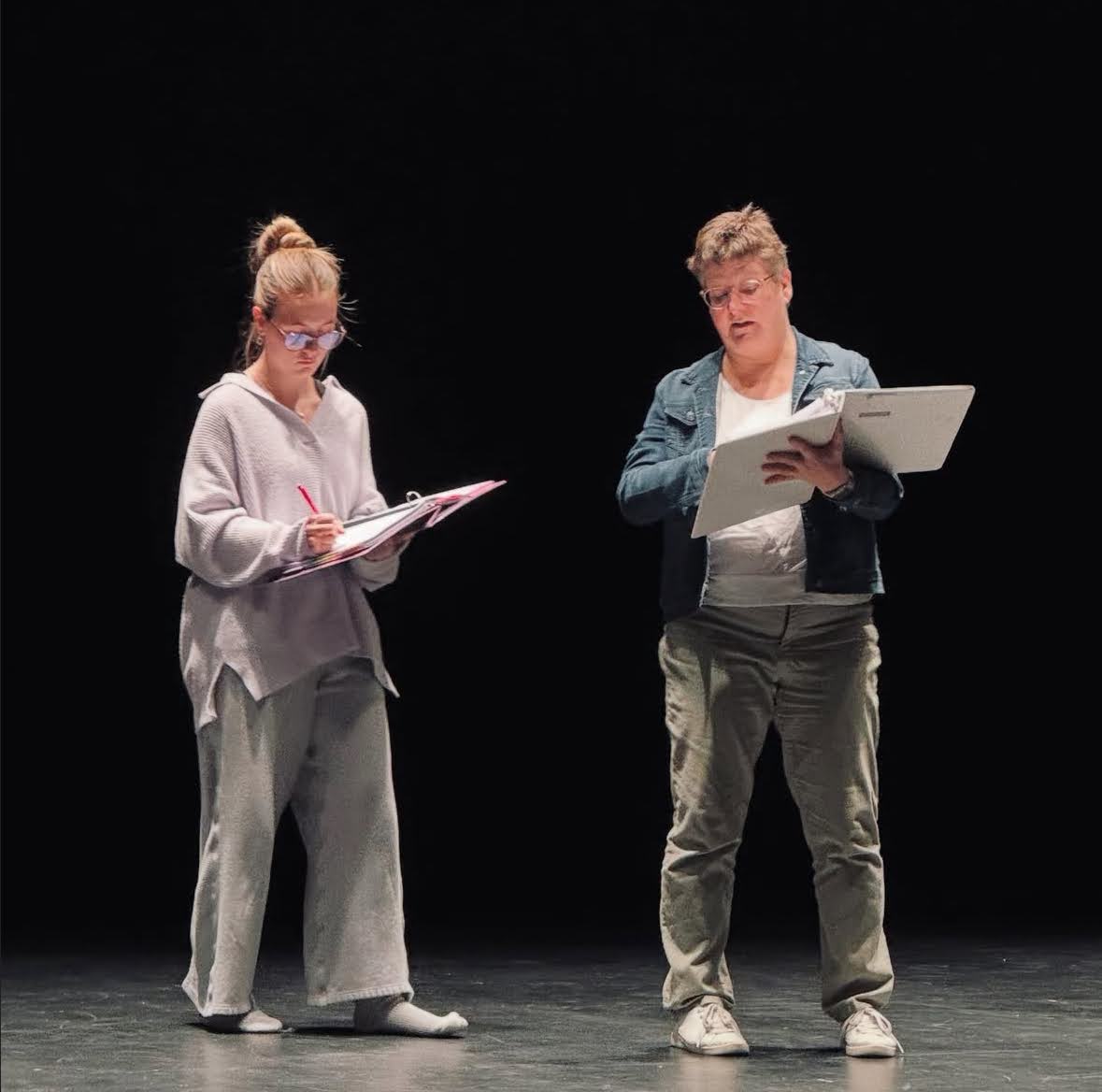





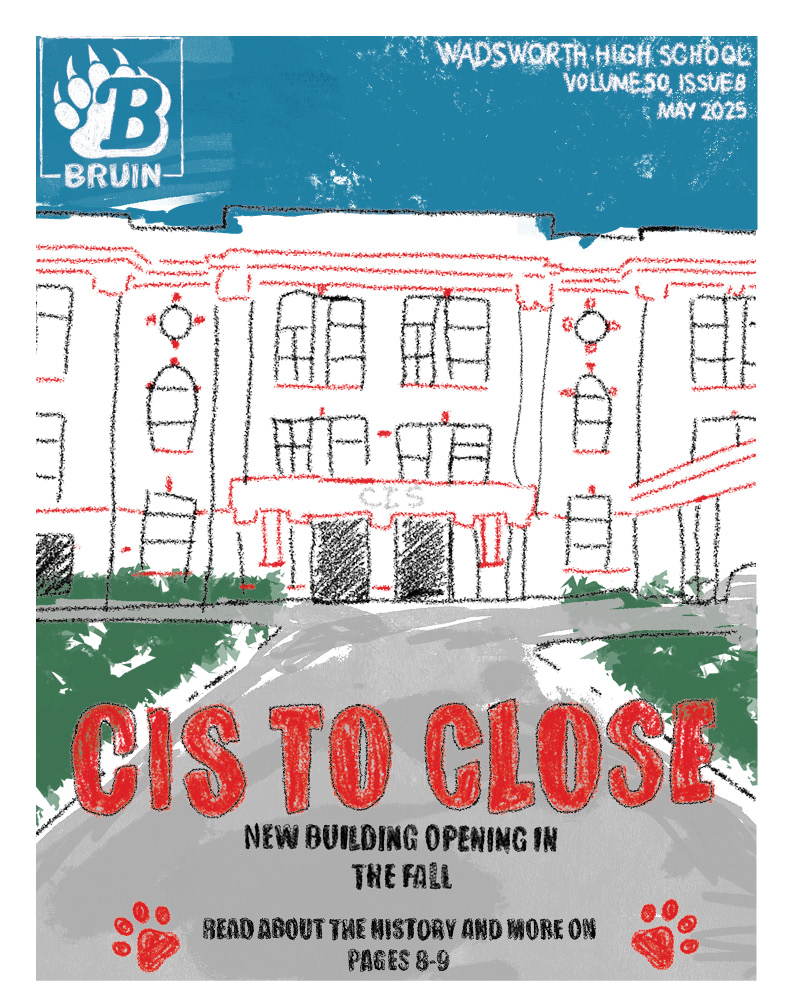



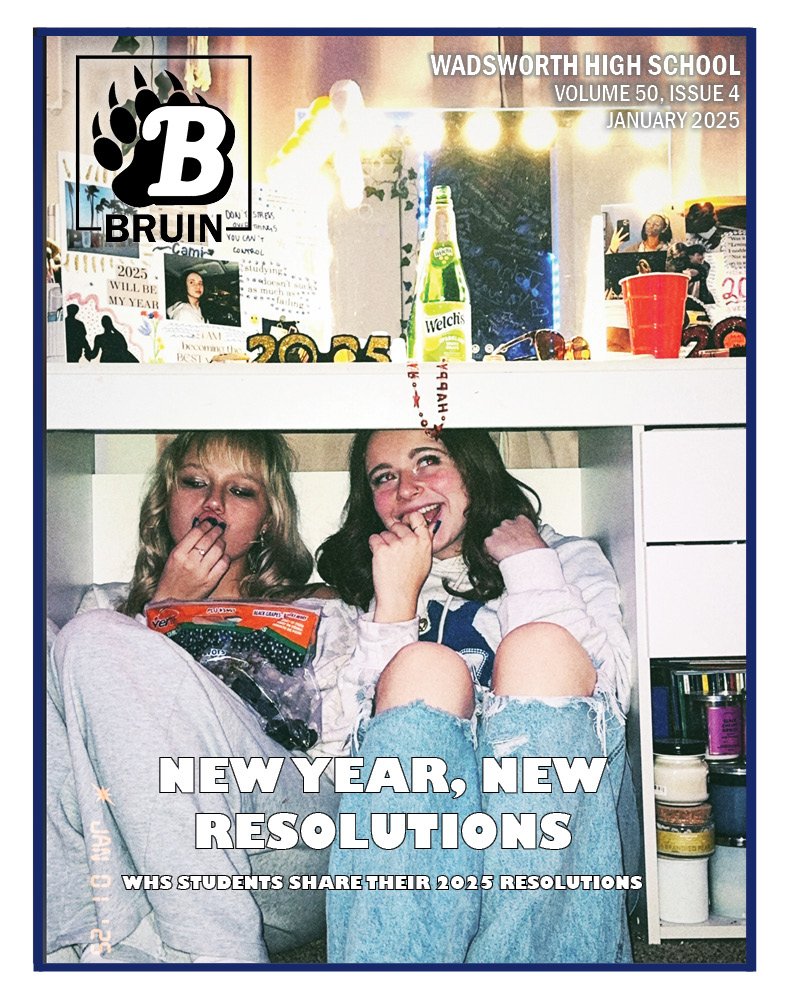

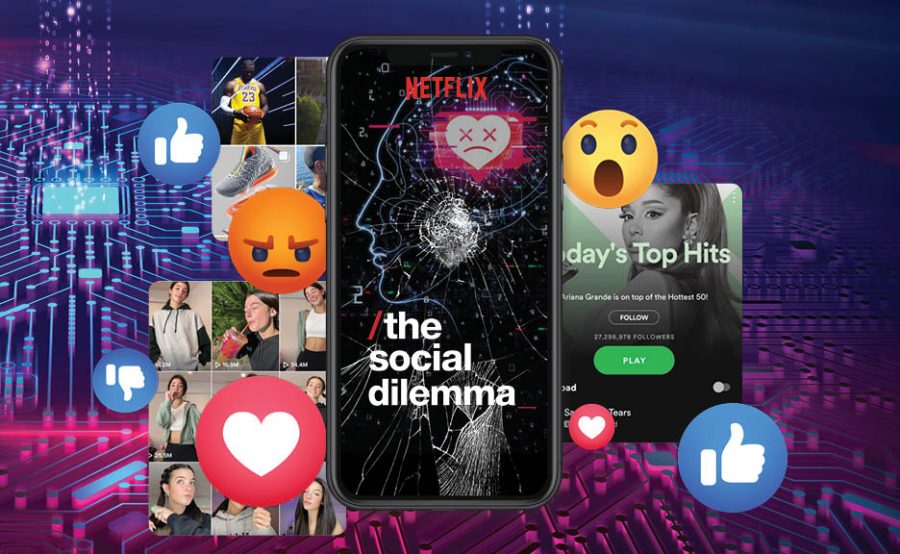
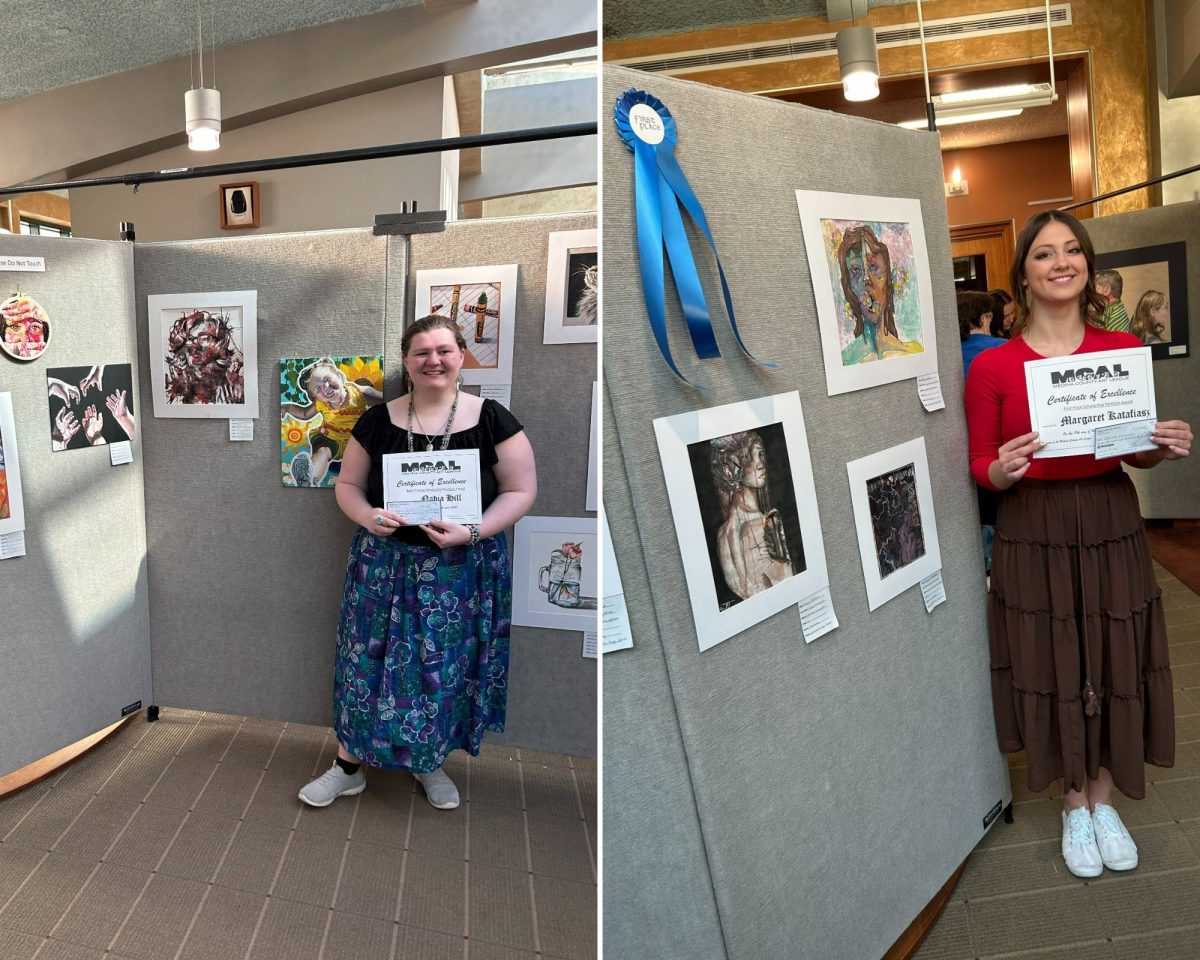






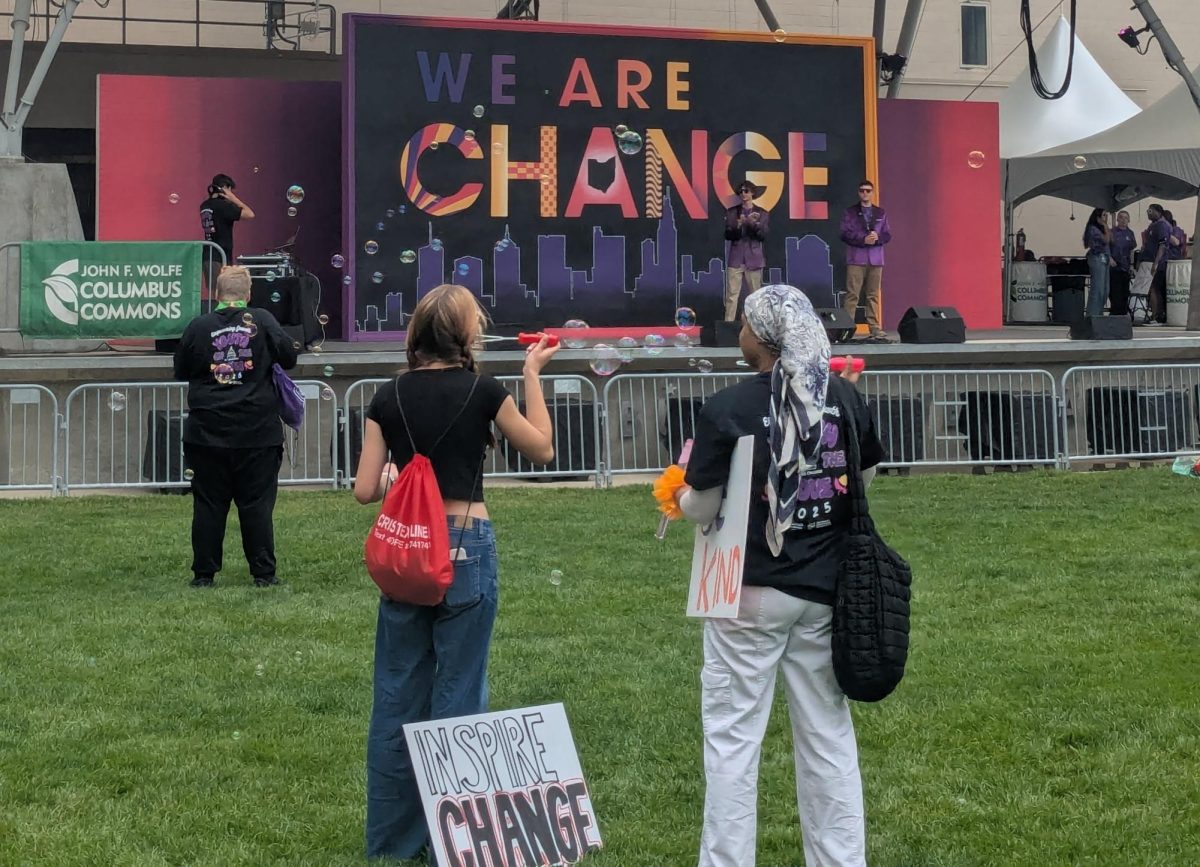


Anonymous1682 • Feb 20, 2024 at 9:17 am
This article is excellent regarding the problems with social media.
AJ • Mar 29, 2021 at 10:17 am
this was a very good article very nice information and very good writing